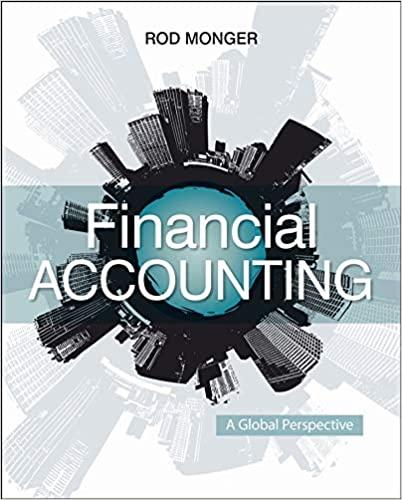Question
I received someones response and he said P*= 1000 and Q*= 500, I tried to understand this but it just never made sense. Cournot duopoly

 I received someones response and he said P*= 1000 and Q*= 500, I tried to understand this but it just never made sense. Cournot duopoly market with demand curve = 1000 2, h = 1 + 2. Both firms have constant costs, = = 200.
I received someones response and he said P*= 1000 and Q*= 500, I tried to understand this but it just never made sense. Cournot duopoly market with demand curve = 1000 2, h = 1 + 2. Both firms have constant costs, = = 200.
If the firms collude, what are the profit-maximising price and quantity? Now suppose both firms adopt the following the strategies: (1) Start by cooperating with each firm charging the joint profit-maximising collusive price; (2) continue to sell at the joint profit-maximising outputs and price unless the other firm increases its output and lowers its price, in which case produce the Cournot-Nash quantity and charge the Cournot-Nash price forever. (If one firm defects, it charges a price slightly below the profit-maximising price and sells a quantity slightly greater than the profit-maximising quantity.) c) What discount rate will sustain collusion?
I will attach the response received.
Firm 2: q2=AC2(10002(q1+q2)q1) Solving the above two equations, we get: q1=q2=500 Thus, the Cournot-Nash equilibrium is given by P= 500 and Q=1000. The following graph illustrates the reaction functions and the Cournot-Nash equilibrium: The graph is such that P is on the y-axis and Q is on the x-axis. The reaction functions of each firm are represented by the two curves, and the CournotNash equilibrium is represented by the point where the two curves intersect. Analysis and interpretation: The Cournot-Nash equilibrium is the point at which the two firms are selling the same quantity of the good (Q=1000) and charging the same price for it (P=500). This equilibrium is reached when each firm takes the other firm's output into account when making its own decisions. he firms collude, the profit-maximising price and itity are as follows: b) If the firms collude, the profit-maximising price and quantity are as follows: P=10002Q Q=q1+q2 Firm 1: q1=AC1(Pq1q2) Firm 2: q2=AC2(Pq1q2) Substituting P and Q into the above equation, we get: Firm 1: q1=AC1(10002(q1+q2)q2) Firm 2: q2=AC2(10002(q1+q2)q1) Solving the above two equations, we get: q1=q2=500 the profit-maximicingunicanand quantity are P Firm 2: q2=AC2(10002(q1+q2)q1) Solving the above two equations, we get: q1=q2=500 Thus, the Cournot-Nash equilibrium is given by P= 500 and Q=1000. The following graph illustrates the reaction functions and the Cournot-Nash equilibrium: The graph is such that P is on the y-axis and Q is on the x-axis. The reaction functions of each firm are represented by the two curves, and the CournotNash equilibrium is represented by the point where the two curves intersect. Analysis and interpretation: The Cournot-Nash equilibrium is the point at which the two firms are selling the same quantity of the good (Q=1000) and charging the same price for it (P=500). This equilibrium is reached when each firm takes the other firm's output into account when making its own decisions. he firms collude, the profit-maximising price and itity are as follows: b) If the firms collude, the profit-maximising price and quantity are as follows: P=10002Q Q=q1+q2 Firm 1: q1=AC1(Pq1q2) Firm 2: q2=AC2(Pq1q2) Substituting P and Q into the above equation, we get: Firm 1: q1=AC1(10002(q1+q2)q2) Firm 2: q2=AC2(10002(q1+q2)q1) Solving the above two equations, we get: q1=q2=500 the profit-maximicingunicanand quantity are PStep by Step Solution
There are 3 Steps involved in it
Step: 1

Get Instant Access to Expert-Tailored Solutions
See step-by-step solutions with expert insights and AI powered tools for academic success
Step: 2

Step: 3

Ace Your Homework with AI
Get the answers you need in no time with our AI-driven, step-by-step assistance
Get Started


